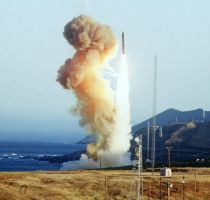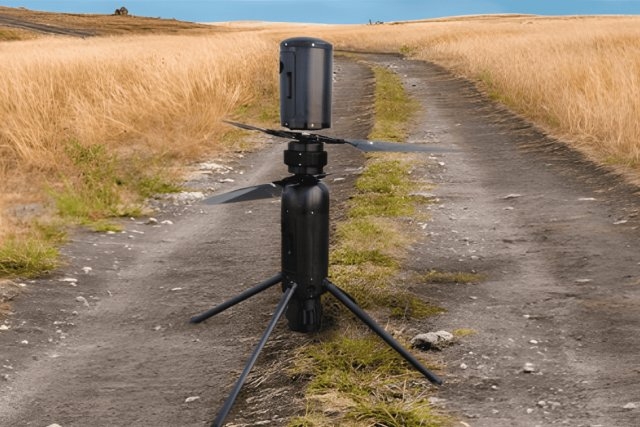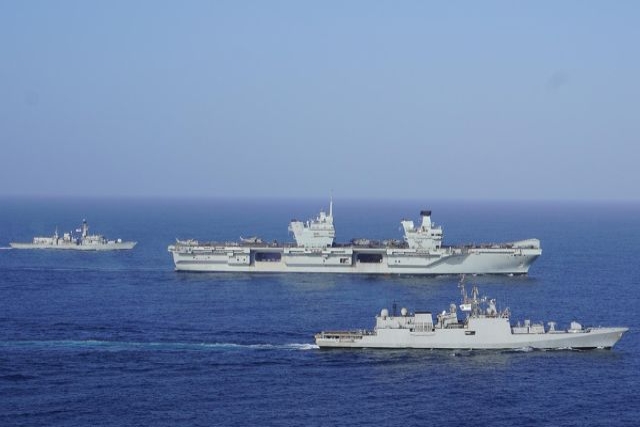US Army To Test DRS Technologies' On-Board Vehicle Power System
DRS Technologies announced today that its On-Board Vehicle Power system, a high-powered DRS/Allison Transmission Integral Generator installed on combat vehicles, will be included in the U.S. Army's critical field testing for network technology.
The On-Board Vehicle Power (OBVP) system generates power to operate a host of command, control, communications, computers and other sensors on battlefield vehicles by transforming the vehicle's powertrain into an electrical power plant and reducing the reliance on heavy generators to power numerous electrical systems.
"All fielded C4ISR equipment needs power, from soldier radios to brigade servers. The constant access to power is vital to maintain connectivity," said Mike Sarrica, president of DRS Network and Imaging Systems group. "The DRS and Allison OBVP offering demonstrates multiple proven technologies that deliver improved capabilities to meet the requirements of Army Network and Mission Command modernization efforts," he continued.
The field testing at the Army's Network Integration Evaluation is designed to keep pace with rapid advances in communications technologies and deliver proven and integrated network capabilities to soldiers. In addition to the usual network and communication systems that are typically put to the test in this bi-annual assessment, DRS's OBVP system will be employed and evaluated on two separate, DRS-sponsored concept vehicles, the Mobile Integrated Command Post (MICP) vehicle and the Mission Command On The Move (MCOTM) vehicle – both repurposed Navistar MaxxPro Mine Resistant Ambush Proof (MRAP) vehicles.
"Today's network and mission command systems require access to reliable, efficient and mobile power solutions," Sarrica said. "Towed generators limit cross-country mobility, take up valuable space when deploying, and add to the logistics sustainment burden of our forces."
The OBVP system, manufactured by DRS's Network and Imaging Systems group, reduces the logistical footprint, increases battlefield mobility and enhances expeditionary mission capability for deployment. The technology works with combat vehicle platforms such as Stryker, MRAP, and the family of medium tactical vehicles that use the Allison 3000 series transmission. The technology does not alter the vehicle's drive line and reduces the logistical burden that is typically associated with generator systems. Moreover, the OBVP system operation does not require a new military operational specialty; it is simply operated by the vehicle driver.










